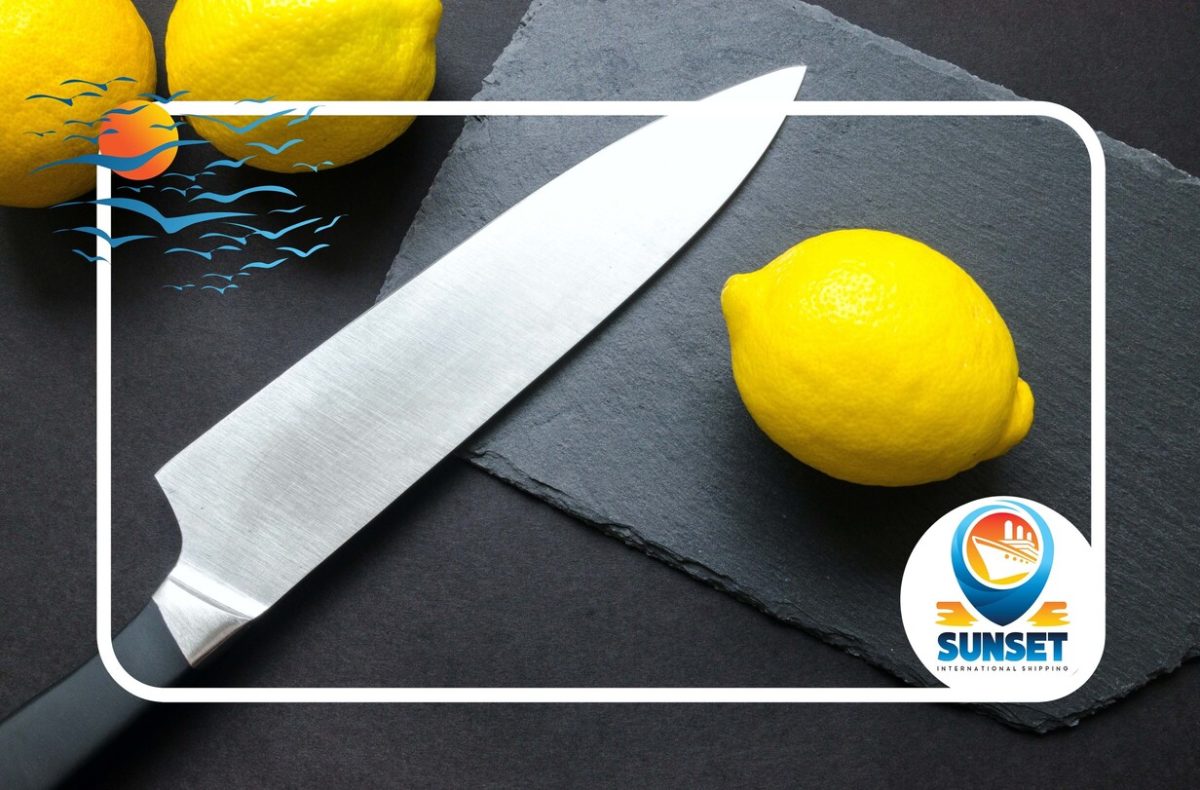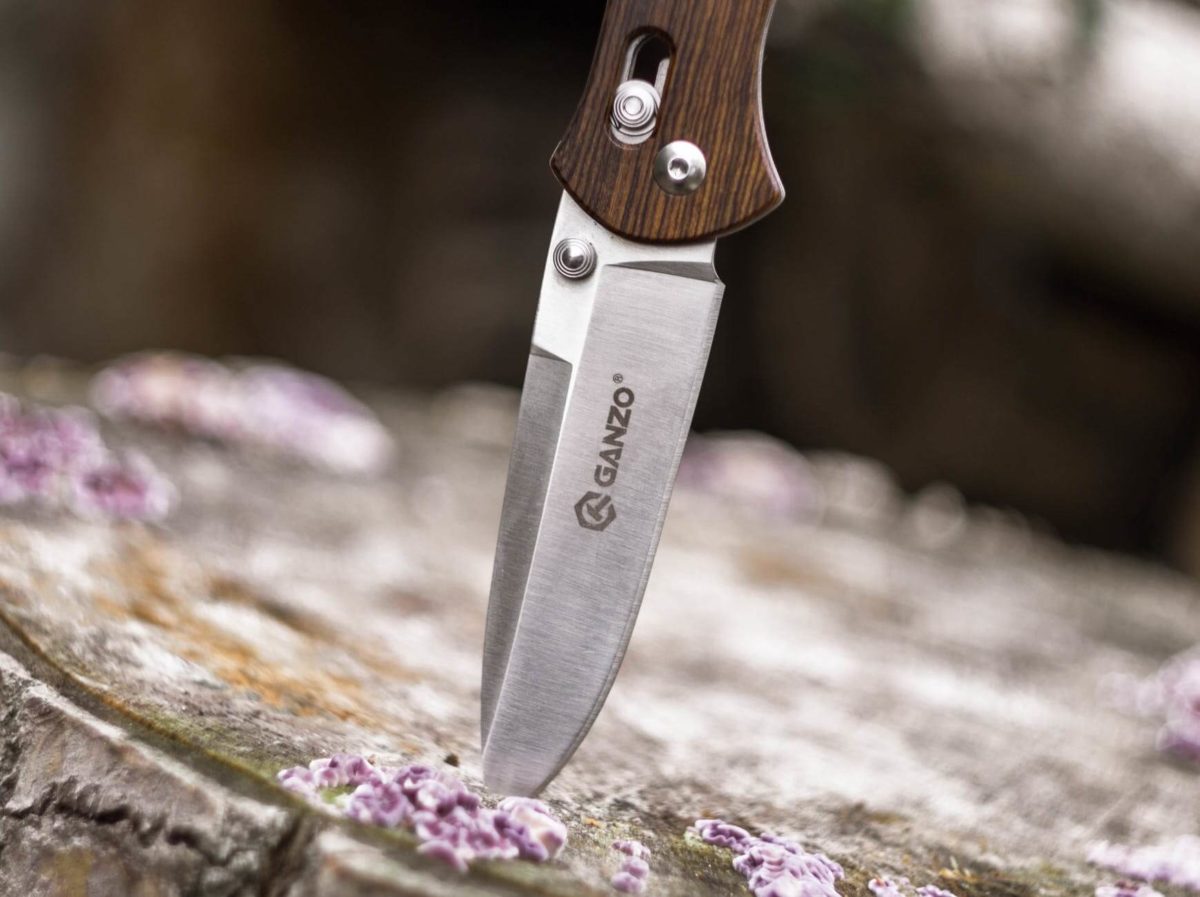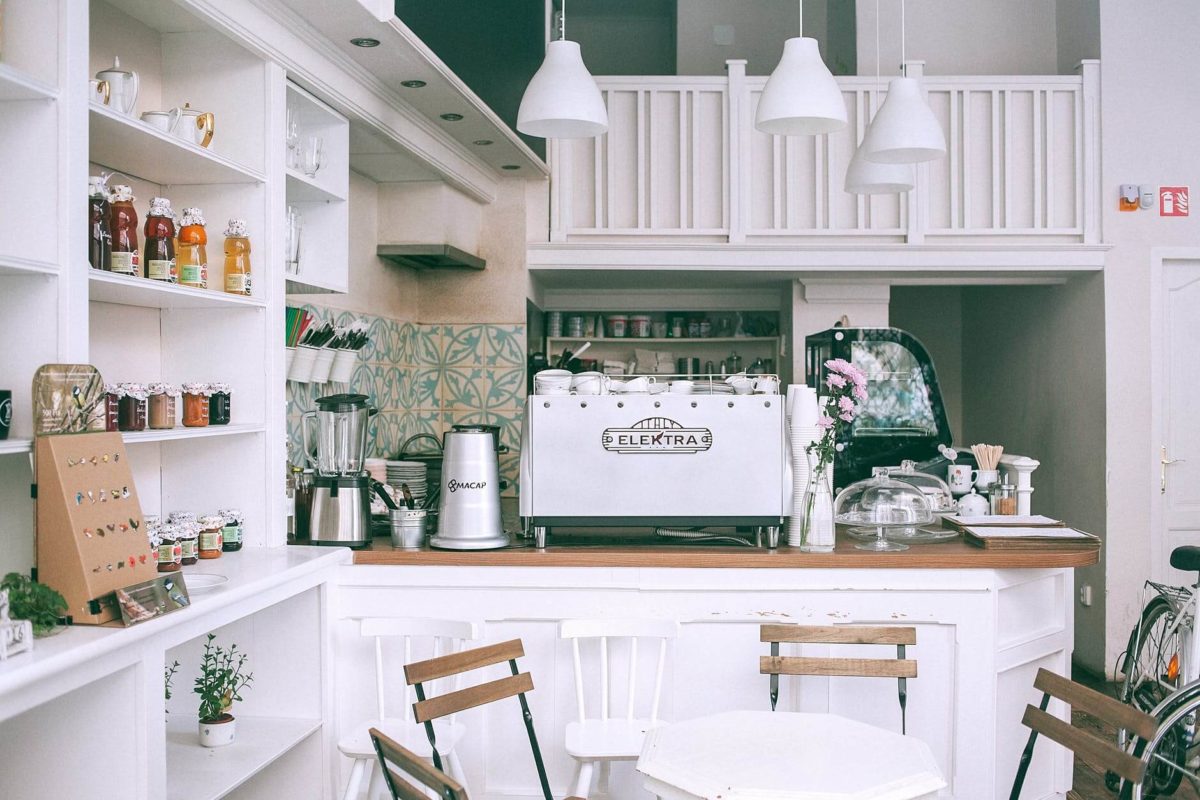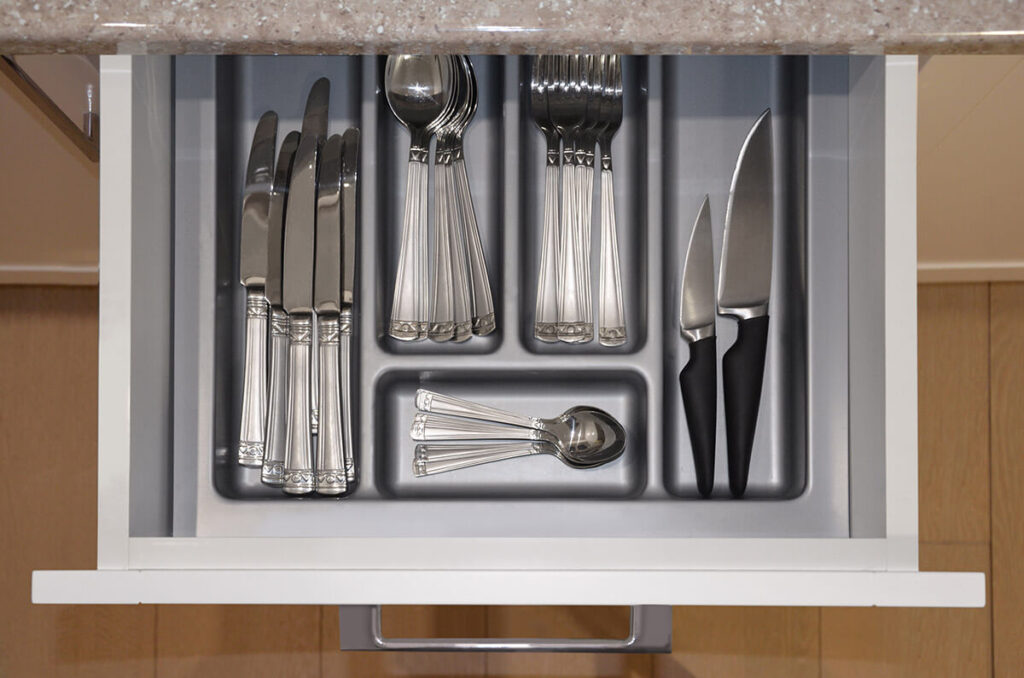Chopped meat with fresh vegetables cooked slowly for a couple of hours? Sounds delicious! However, to prepare such a yummy meal, you’ll need proper cooking equipment. Pots, pans, and most importantly – something to chop with. If you’re a true cooking aficionado, you’ll surely want to learn how to pack knives properly before relocating to another continent. Because those meals should remind you of family and home!


Cooking Can Help You Adjust More Easily to the New Community
Cooking is an essential part of every culture, and believe it or not, this is a great way to adjust to a new country, especially if you’re relocating abroad alone. Not only will cooking remind you of the home which is thousands of miles away now, but it can also help you meet new friends and introduce them to your country’s national cuisine. And not to mention, if one of the reasons to move, is your significant other, cooking together will only make your whole move to another country for love even more interesting!
If you’re working in Europe as an American, just imagine how fun it would be to organize a special dinner night with your coworkers or the expat community and make a real show of it! It will be a great way to promote the customs and traditions of your country, meet new people, and overcome the culture shock.
Another great idea is to organize cooking workshops for all interested people of the new community. Again, this is a great way to meet new people, and more importantly, break the language barrier. Of course, all of this won’t be possible without proper cooking equipment, which will ensure all the ingredients are perfectly chopped and look even better and tastier on the plate.
Check Knife Rules When Moving Abroad Since They Are Considered Hazardous
How to pack knives for shipping? Before you start, check if you can actually bring them. There are many restrictions on accepted cargo, especially when it comes to items considered hazardous.
According to Transport Security Administration (TSA) Knife Rules, hand luggage on an airplane should not contain any sharp objects. The only exclusions are butter or plastic knives. Still, since every state has its own laws, check it through the American Knife and Tool Institute online base since that can affect the import rules, too.
However, since this is international moving we’re talking about, you should follow the IATA (International Air Transport Association) Knife Rules that ban any blades in the cabin but allows them in the checked baggage. Since IATA controls the majority of international air traffic, you should definitely stick to their recommendations when relocating across the world.
If you’re planning to ship your stuff by sea, the rules will be more lenient, but you should still check the rules and regulations in your destination country. The majority of European countries have banned the importation of any kind of blades, of all types and sizes, so if you still want to import them, you should definitely check it with the embassy of the specific country where you plan to move abroad.


Packing Kitchen Equipment for an International Move for Chiefs
Just because you’re relocating to a different continent doesn’t mean you have to leave all the cooking equipment you are used to behind. This is especially important for all those who love to cook. Everyone who has spent some time in the kitchen knows that the quality of the equipment affects the quality of the meal.
For example, chopping meat, shrimp, bread, vegetables, and fruit requires different blade types and sizes. Ceramics, stainless steel blades from 3.25 to 10 inches will help you create real magic in the kitchen! And when living in another country, bringing a piece of the home atmosphere will be even more important. That’s why you’ll want to learn how to pack knives for moving when relocating abroad.


How to Pack Kitchen Knives?
Whether you want to know how to pack a picnic knife or a kitchen one, the packaging technique is pretty much the same. Here is the most effective technique to box up your cutlery.
How Do You Pack a Knife for Moving? Sort Out the Collection. Like Always, You Don’t Have to Take Everything
Before you start boxing up your knife collection, set aside only those pieces that you actually want to bring. There is no reason to ship old, broken, or items you never use. Once that is done, divide the remaining stuff into categories according to the type, size, and sharpness of each item. This will make it easier to bundle up multiple objects together when the wrapping process begins.
Which Packing Materials Should You Acquire for Knives?
Since blades can be pretty sharp, you’ll have to be extra cautious when boxing them up. Here are the materials to acquire before you start:
- Packing paper – you will need lots of it,
- Bubble wrap – although optional, a roll of bubble wrap can serve as a great extra protective layer;
- Knife sleeves – you should be able to find them in any supermarket, but they are not a must;
- Kitchen cloths and rags – these can be a good alternative for paper and other single-use materials;
- Duct tape – a sturdy tape is a must to ensure all your hard work isn’t in vain;
- A box – several smaller boxes should be enough, but the exact number depends on the number of belongings.
If you’re searching for more eco-friendly packaging, using old clothes, towels, and rags to roll all the pieces is one of the best tips to apply to protect the blades before you put them in the box.
Wrap Each Piece Generously Using Packaging Materials
The first step in the process is to wrap each piece separately in packing paper in a few layers. Alternatively, you can use sleeves if you manage to find some that fit. When wrapping, use all the materials generously since edges are sharp, and they can easily cut the paper. This can result in damaged items, or worse, you can get injured when unboxing, so be careful!
After you finish packaging every piece separately, ensure to pack all of them in a single package, again wrapping them up with a few layers of paper. The last step is to put them in small boxes.
Don’t Forget to Label the Package
Since blades are hazardous pieces, it is highly recommended to label the boxes. That way, professional movers will know to handle them with care, and it will make unboxing easier and safer, too. Additional attention is required when unpacking these pieces, so, if possible, draw or write how you arranged the blades inside the box, so you’ll know from which side to start unwrapping.
Important – Remember That All Sharp Items Should be Hard-to-Reach for Kids
Relocating with kids is always harder to organize, especially because you need to take care of some details like making all potentially hazardous items hard to reach. This is especially important to do when packaging fragile items or sharp objects because those could cause a lot of issues if they end up in a toddler’s hands.
Creating a packing zone out of their reach is the best way to keep your children away from any potential injury. At the same time, it will be the most effective way to pack everything quickly.
If You Choose to Pack Sharp Kitchen Utensils Yourself, Make Sure to Inform the Overseas Moving Company
In case you decide to handle these sharp objects by yourself, ensure to inform the overseas shipping company. Since those objects are considered dangerous, they simply have to be informed regarding this package and determine if everything is in accordance with laws and regulations.


How Professional International Movers Can Help
Packing is the secret power of every professional mover. So if you want to move as efficiently as possible, make sure to book specially designed packing services.
Not only will the international moving company provide you with all the needed moving services, but they will also explain how to pack knives when moving safely and according to all rules and regulations. This way, the whole collection will be delivered to your new place without any issues or relocation stress!
Why Is Relocating Knives With a Professional Moving Company the Best Solution for Shipping Overseas?
Although many people try to find alternative ways to ship their possessions using USPS or FedEx, keep in mind that all packages can be checked at the customs office. In case any of the packed items do not abide by the import rules of the specific country, you run the risk of having your items confiscated.
Another disadvantage of using alternative shipping methods is the potential for packages to be lost. Losing stuff would be a huge pity if the collection contains a valuable antique blade or a professional chef’s collection. For that reason, shipping them with a professional overseas company and asking the movers to box them up is the most secure way to get them to your next place.



